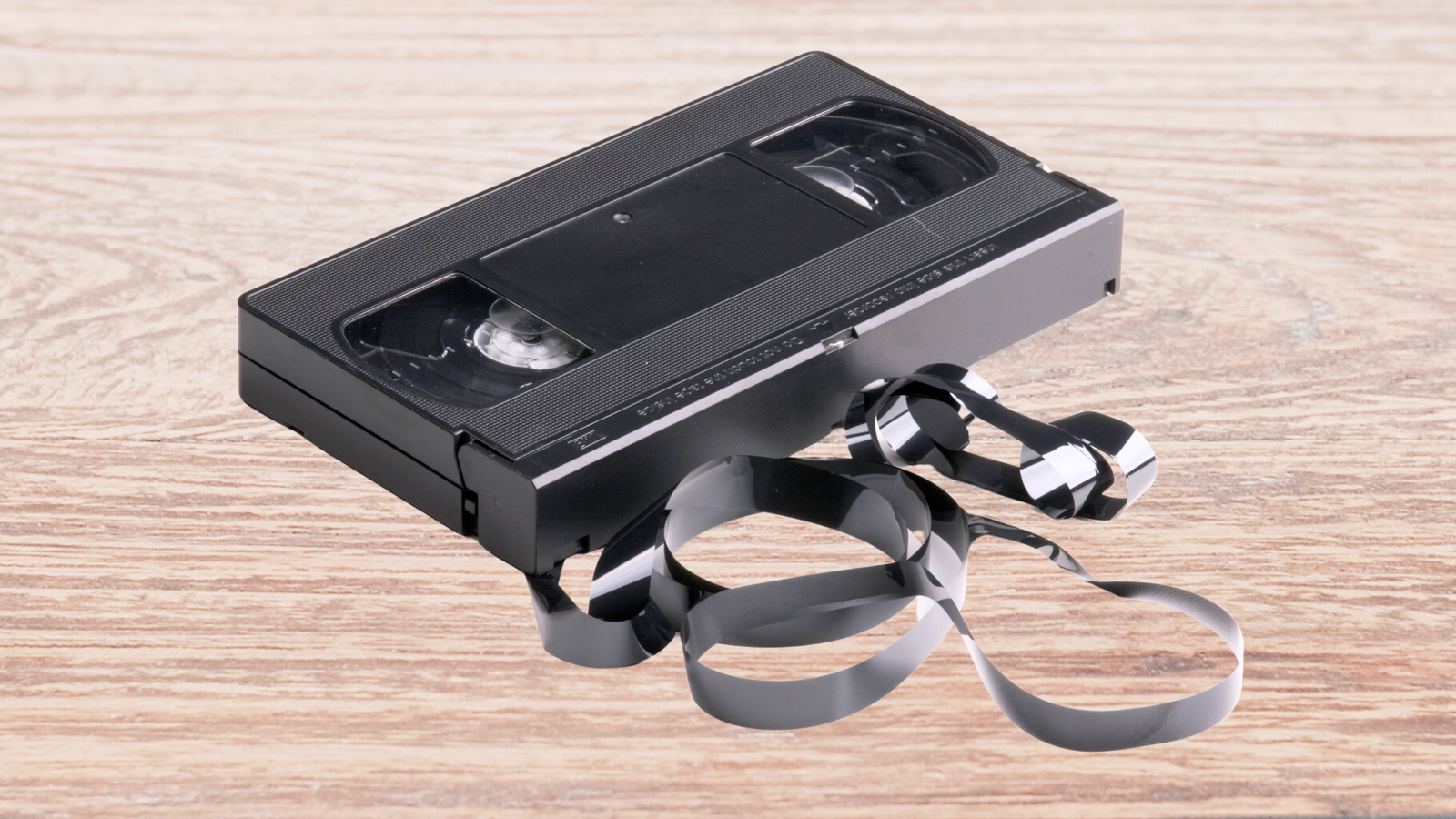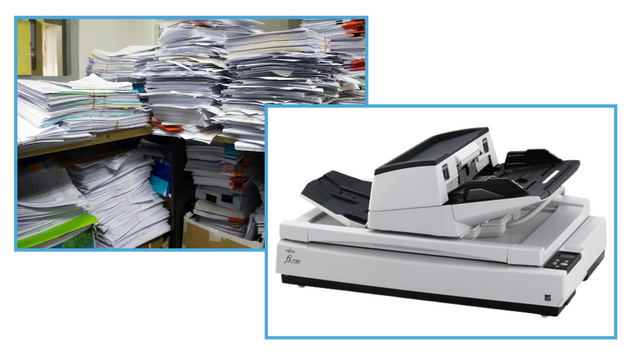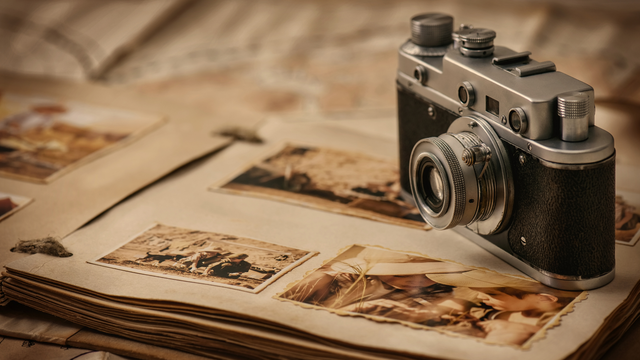What Is VHS Tape Repair?
VHS tape repair refers to fixing physical damage that prevents a VHS cassette from playing. Common problems include wrinkled tape, snapped spools, mold, or broken casings. While some simple repairs can be done at home, many types of damage risk permanent loss—especially a problem if the tape is your only copy.
If you're wondering whether it’s worth repairing, the answer often depends on what’s recorded inside. When it’s a treasured family memory, a damaged VHS tape is more than just plastic—it’s personal.
How Do VHS Tapes Get Damaged?
VHS cassettes were never built to last decades, and time hasn’t been kind. The magnetic tape inside is vulnerable to:
-
Heat and humidity (leading to warping or mold)
-
Tape player damage (e.g., jammed spools or stretched tape)
-
Poor storage (stacked in garages or attics)
-
Age-related degradation (magnetic signal loss or binder breakdown)
Any of these issues can make playback impossible—and worse, trying to play a damaged tape might cause further loss.
Can I Fix a VHS Tape Myself?
Yes, but with caution. Some minor issues are fixable at home:
-
Snapped tape: You can splice the film together using splicing tape.
-
Broken shell: Carefully transfer the reels into a functioning VHS shell.
-
Dust or mild mold: Can be cleaned with isopropyl alcohol and a lint-free cloth (only attempt if mold is minimal and dry).
However, be aware: DIY repair has limits. Tapes with advanced mold, severe warping, or degraded magnetic coating are best left to professionals. And every time you handle tape, you risk unintentional damage.
To avoid heartbreak, many families choose a professional video tape conversion service as soon as possible—even before attempting repairs. These services don’t just patch things up—they rescue the content by converting analog video to digital that will last for countless generations.

What If My VHS Tape Is Moldy?
Mold is one of the most destructive threats to old tapes. It looks like white or gray fuzz on the reels, and if played, can damage the VCR and spread to other tapes.
We strongly recommend not inserting moldy tapes into any player. Instead, opt for a VHS to digital service which includes free mold cleaning as part of the digitization process.
Why Repairing Isn't Enough—Digitizing Is the Real Fix
Repair is just step one. Even the best-fixed tape will eventually degrade. The smart move is to digitize your VHS after repair, before it’s too late.
The advantage of digitizing with Heirloom is that we preserve all kinds of memories, to include mini VHS-C tapes. We store your memories safely in the cloud, and even credit you for any blank tapes. We don’t use DVDs, which are prone to damage too. Your memories deserve better.
You can also learn more about VHS-C to VHS adapters if you’ve found mini tapes that look similar.

When to Call a Professional
Consider professional help if:
-
The tape is valuable or irreplaceable
-
There’s visible mold or warping
-
The reel is stuck or unspooling
-
You've tried playback and gotten only static
At Heirloom, we have a proprietary process for salvaging even moldy or jammed tapes. And our secure cloud-based system gives you instant streaming access to your digitized content—with redundant storage for peace of mind.

📧 Want more tips like this?
Subscribe to Heirloom emails to learn how to preserve your priceless memories. Get discount codes for expedited shipping, quality digitizing, and secure cloud storage. We never spam, and it’s easy to unsubscribe at any time.



